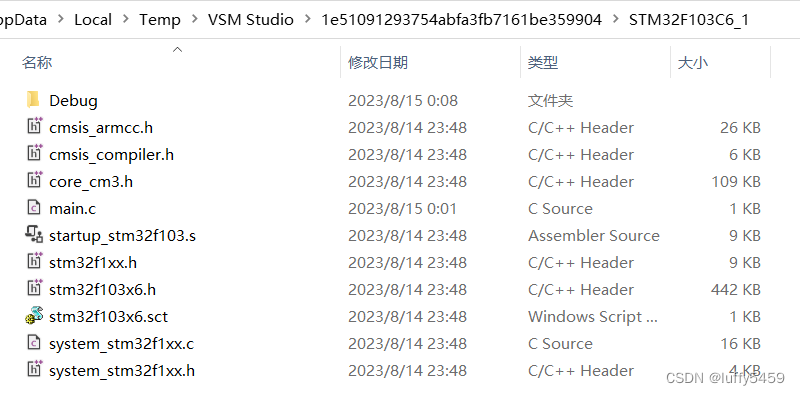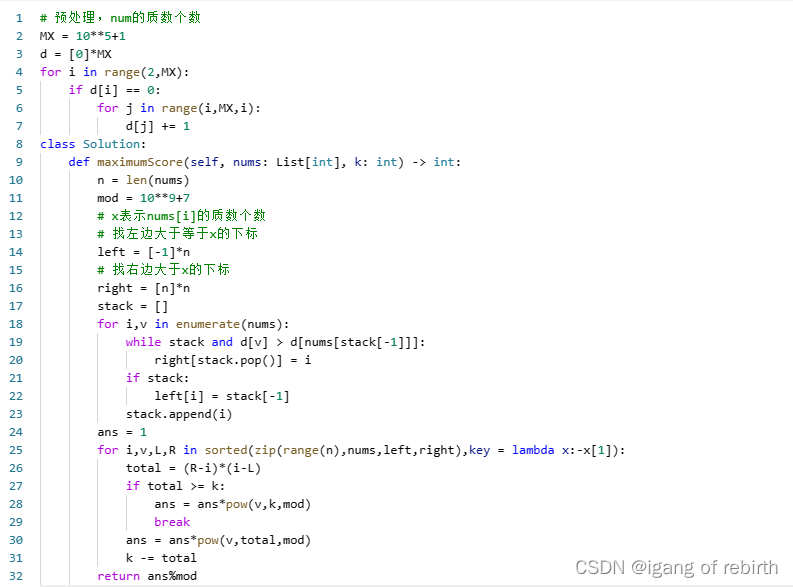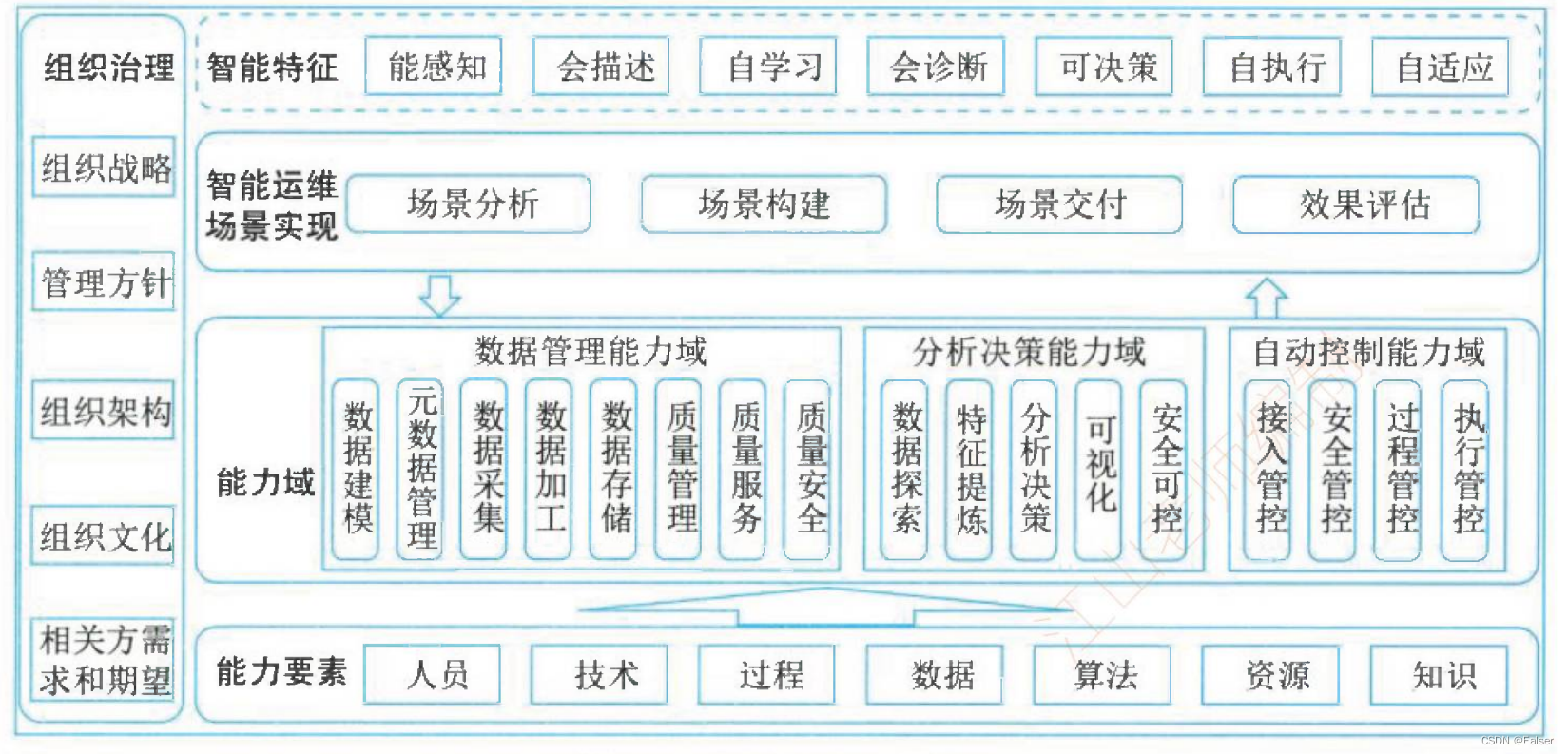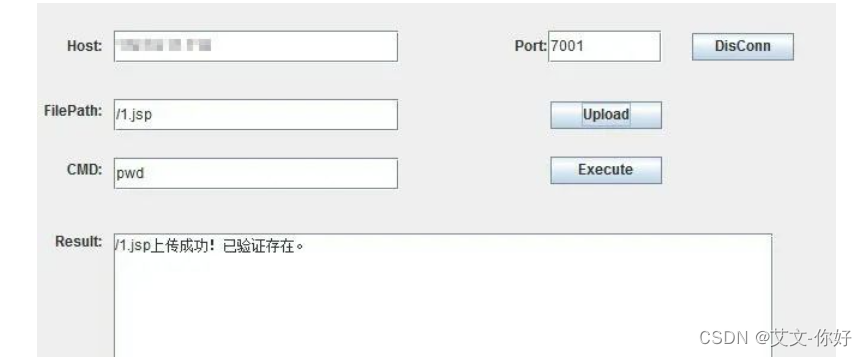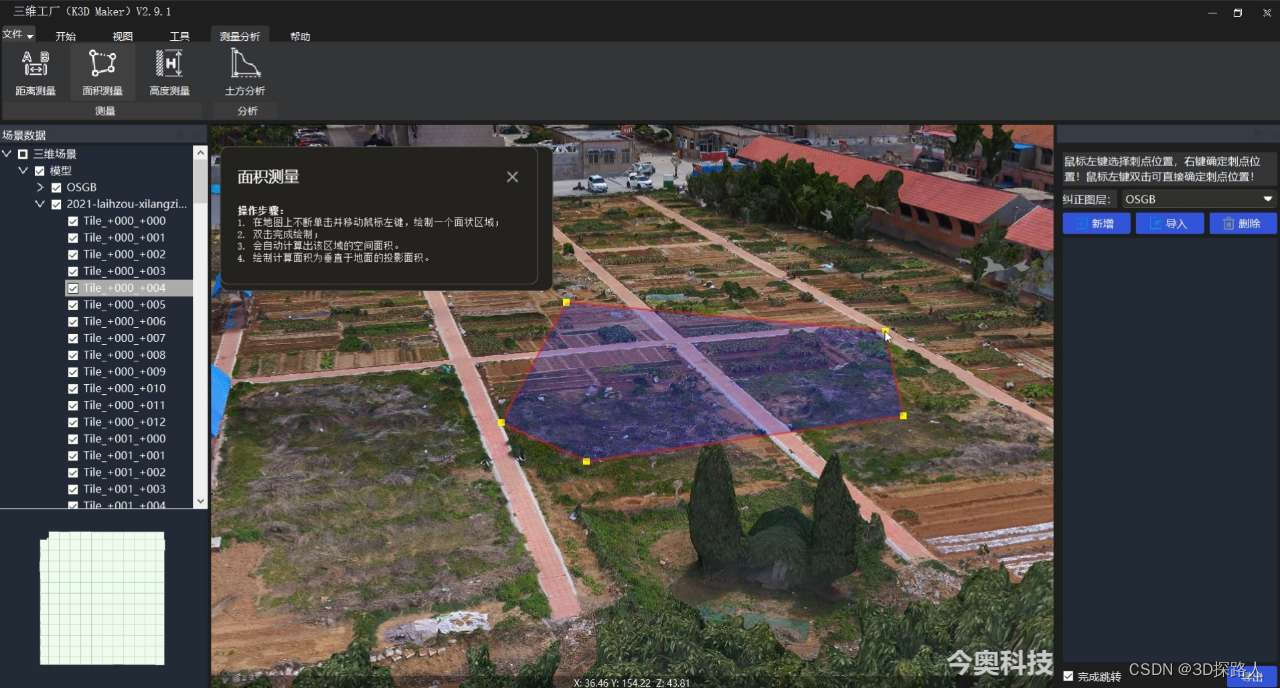一、创建及运行方式
1. 从官网导入:
注意:由于我的java版本是1.8;所以选中了spring2.7.14;
如果你的java版本是9及以上,选中spring3相关的
同时Java 版本也要对应起来
2. 创建第一个get请求

创建Controller package及类,创建以下的代码:
package com.example.aitestmini.controller;
import org.springframework.web.bind.annotation.GetMapping;
import org.springframework.web.bind.annotation.RestController;
//与前端请求的类
@RestController
public class firstController {
//需求:get请求,路径/first, 前端显示hello springboot
@GetMapping("/first")
String first(){
return "Hello Spring!";
// http://localhost:8080/first
}
}
运行:
运行AitestMiniApplication的run()方法
在浏览器访问http://localhost:8080/first,应该是展示hello spring
8080端口被占用,使用以下命令查看占用端口的pid:
lsof -i :8080
执行下面命令kill调进程:
kill -9 pid3. 打包
mvn package
执行以上命令,会在target/目录下自动生成jar包4. 运行方式
方式一:
之前已经说过了,执行run()方法
方式二:
java -jar target/aitest-mini-0.0.1-SNAPSHOT.jar
运行以上命令,jar是刚才打出来的jar包
方式三:
mvn spring-boot:run
执行以上命令二、端口管理
1. 常见端口实名方式
如果配置文件不声明端口,默认按照8080
1. application.properties配置文件管理端口:
server.port=8081
2. application.yml配置文件管理端口:
server:
port: 8082
3. 运行命令声明端口
mvn clean package
java -jar -Dserver.port=8083 target/aitest-mini-0.0.1-SNAPSHOT.jar

2. 不同环境配置不同的端口
- 针对环境创建不同的配置文件



3. 运行不同环境端口的方式
1. application.properties管理:
spring.profiles.active=dev
2. application.yml管理
spring:
profiles:
active: dev
3. 在pom文件管理
<profiles>
<profile>
<id>dev</id>
<properties>
<profilesActive>dev</profilesActive>
</properties>
</profile>
<profile>
<id>qa</id>
<properties>
<profilesActive>qa</profilesActive>
</properties>
<!-- 默认qa环境-->
<activation>
<activeByDefault>true</activeByDefault>
</activation>
</profile>
</profiles>
添加上面的依赖,在application.properties管理:
spring.profiles.active=@profilesActive@
三、Get请求Demo
1. 普通get请求的声明方式
1. 方法名前面使用:@GetMapping("/first")
2. 方法名前面使用:@RequestMapping(path = "/first",method = RequestMethod.GET)@RestController
public class firstController {
//需求:get请求,路径/first, 前端显示hello springboot
// @GetMapping("/first")
@RequestMapping(path = "/first",method = RequestMethod.GET)
String first(){
return "Hello Spring!";
// http://localhost:8080/first
}
}2. 带有参数的Get请求
需求:
http://localhost:8081/topic/{id}
对应浏览器显示地址:{id}为内容// 如果不想写@PathVariable("id")里面的id,需要保证传入的id->sid
@RestController
public class BaseGetWithIdController {
@GetMapping("/topic/{id}")
String getTopic(@PathVariable("id") String tid){
return "请求的id为 " + tid + " 的内容!!!";
}
}
3. 在queryParam拼接
需求:http://localhost:8081/native?s={sid}
对应浏览器显示地址:这是一个本国地址为:{sid}的内容@GetMapping("/native")
String getNative(@RequestParam("s") String sid){
return "这是一个本国地址为:" + sid + " 的内容!";
}升级:
如果当s=66,打印不一样的内容:
@GetMapping("/native")
String getNative(@RequestParam("s") String sid){
return "这是一个本国地址为:" + sid + " 的内容!";
}
@GetMapping(path = "/native", params = {
"s=66"
})
String getNative1(@RequestParam("s") String sid){
return "这是一个本国地址为:" + sid + " 的内容!getNative1";
}4. 在controller前面加@RequestMapping("/t")
效果:相当于全部的链接前面加了/t会被自动识别

代码:
@RequestMapping(path = "/first",method = RequestMethod.GET)
String first(){
return "Hello Spring!";
// http://localhost:8080/first
}5. PathVariable参数非必填
//1. @PathVariable(value = "did",required = false)中的required默认是true,可以设置为false
//2. 声明完成之后, 对应的访问路径会有2中,需在GetMapping里面说明value = {"/topic/{did}/u","/topic/u"}
@GetMapping(value = {"/topic/{did}/u",
"/topic/u"})
String getTopic1(@PathVariable(value = "did",required = false) String topid,
@RequestParam(defaultValue = "66") int sid){
return "请求的id为 " + topid + " 的内容!!!并且参数sid为" + sid + "的内容!!!";
}
//http://localhost:8081/t/topic/99/u
//http://localhost:8081/t/topic/u6. RequestParam非必填及提供默认值
@GetMapping("/top/{city}/{year}")
String getRUIWithPara(@PathVariable int year,
@PathVariable String city,
@RequestParam(defaultValue = "GDP",required = false) String desc,
@RequestParam(defaultValue = "45666") int money){
return "{"+ year + "}年{" + city + "}人均{" + desc + "}为:{" + money + "}";
}1. desc非必填,但是GetMapping的值只有一个,因为desc的类型不是PathVariable
2. @RequestParam(defaultValue = "GDP",required = false) String desc
说明RequestParam的required如果为false可以非必填

